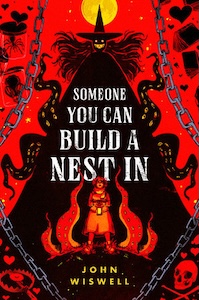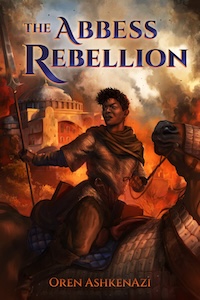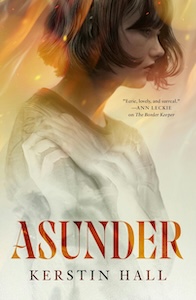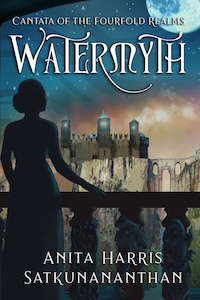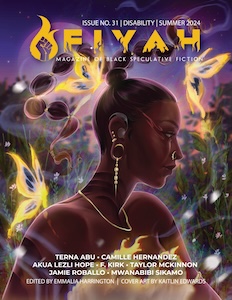“Color Taste Texture: Recipes for Picky Eaters, Those with Food Aversion, and Anyone Who’s Ever Cringed at Food” by Matthew Broberg-Moffitt
This much-needed cookbook combines tips and techniques with a dash of understanding about food aversion and how to help your kids—and yourself—cook beautiful meals in an empowering way, and is a groundbreaking resource for anyone who has ever been called “picky” or “discerning.” Learn how to alter the texture or taste profile of a dish, or even fit it within a specific palette with a unique color-coded guide. Delicious, nutritious, and easily tailored recipes (including for gluten-free and vegan eaters) include:
- the perfect smashed cheeseburger
- Italian sausage and potato soup
- the best omelet
- stuffed focaccia
- chocolate pinwheels
- and dozens more
Professional chef Matthew Broberg-Moffitt’s advice is broken down by category (The Five Tastes, Texture, Color, Aroma, Presentation, and Plating) in order to address each and every aspect of food aversion, and a Food Preference Profile and Worksheet is included for you and your child to quickly identify and summarize their preferences. Instead of leading to mistrust by disguising or slipping in foods your kids don’t want to eat, this cookbook supports caretakers in a way that maintains a healthy relationship with food, and a joyful, less stressful experience around the table.
Review
I thought this recipe book was really interesting! I don’t have as many food aversions as I used to but I did feel like I learned a few things from the earlier parts of the book about different reasons for aversions – how different colors, tastes and textures can cause the aversions and why. I thought the descriptions were detailed and informative. For example texture is the one area I still have trouble with (often combinations I don’t like) so this was the section I spent the most time looking through. There are tips for making the foods more of a certain texture which seem helpful to me. I also liked the plaiting and environment section too – something people don’t often think about. Where you’re eating can have a lot of impact! For the recipes themselves I liked the breakdown of what colors, tastes and textures each one had – I thought those would be helpful for people looking for something specific.
Book Details

- Book Link
- “Color Taste Texture” at Bookshop.org
- Publisher / Date
- Avery Publishing Group, August 2023
- Genre
- Guidebook, Cookbook
- Page Count
- 208
- Completion Date
- October 10, 2024
